Diseases of Swine 11th Edition
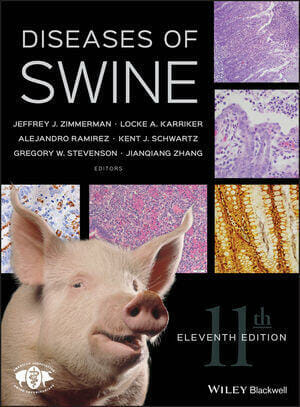
By Jeffrey J. Zimmerman, Locke A. Karriker, Alejandro Ramirez, Kent J. Schwartz, Gregory W. Stevenson and Jianqiang Zhang
Diseases of Swine 11th Edition PDF has been the definitive reference on swine health and disease for over 60 years. This new edition has been completely revised to include the latest information, developments, and research in the field. Now with full color images throughout, this comprehensive and authoritative resource has been redesigned for improved consistency and readability, with a reorganized format for more intuitive access to information.
Diseases of Swine covers a wide range of essential topics on swine production, health, and management, with contributions from more than 100 of the foremost international experts in the field. This revised edition makes the information easy to find and includes expanded information on welfare and behavior.
A key reference for anyone involved in the swine industry, Diseases of Swine, Eleventh Edition:
- Presents a thorough revision to the gold-standard reference on pig health and disease
- Features full color images throughout the book
- Includes information on the most current advances in the field
- Provides comprehensive information on swine welfare and behavior
- Offers a reorganized format to make the information more accessible
Written for veterinarians, academicians, students, and individuals and agencies responsible for swine health and public health, Diseases of Swine, Eleventh Edition is an essential guide to swine health.
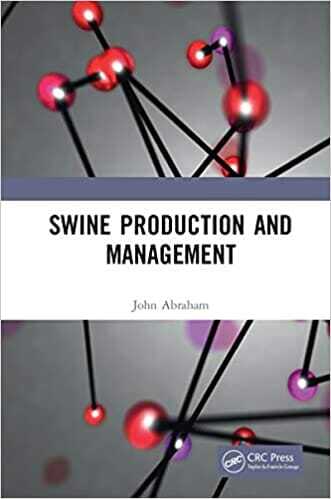
| File Size | 30.5 MB |
| File Format | |
| Download link | Free Download | Become a Premium, Lifetime Deal |
| Updates & Support | Join Telegram Channel To Get New Updates | Broken Link |
| Become a Premium |  |
| More Books: | Browse All Categories |

![Ettinger’s Textbook of Veterinary Internal Medicine 9th Edition [PDF+Videos] Ettinger’s Textbook of Veterinary Internal Medicine 9th Edition [True PDF+Videos]](https://www.vet-ebooks.com/wp-content/uploads/2024/10/ettingers-textbook-of-veterinary-internal-medicine-9th-edition-235x300.jpg)
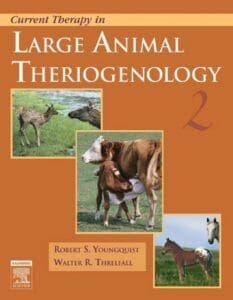
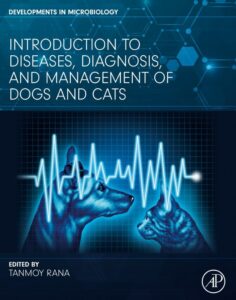


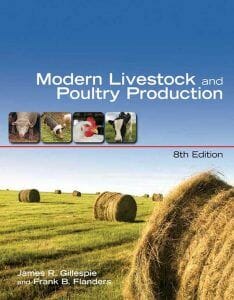






![Ettinger’s Textbook of Veterinary Internal Medicine 9th Edition [PDF+Videos] Ettinger’s Textbook of Veterinary Internal Medicine 9th Edition [True PDF+Videos]](https://www.vet-ebooks.com/wp-content/uploads/2024/10/ettingers-textbook-of-veterinary-internal-medicine-9th-edition-100x70.jpg)

![Textbook of Veterinary Diagnostic Radiology 8th Edition [PDF+Videos+Quizzes] Thrall’s Textbook of Veterinary Diagnostic Radiology, 8th edition PDF](https://www.vet-ebooks.com/wp-content/uploads/2019/09/textbook-of-veterinary-diagnostic-radiology-8th-edition-100x70.jpg)






